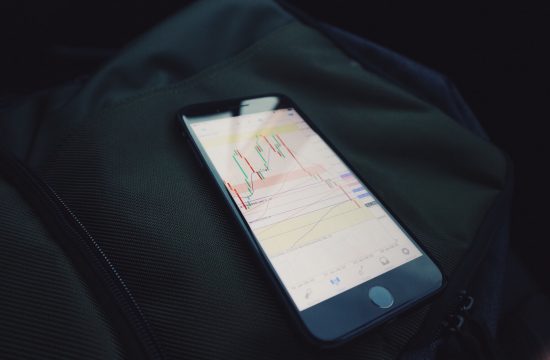Samsung said it has doubled the number of SmartThings, and it has also launched new tools to make developing for the Internet of Things platform.
Last year at the Samsung Developer Conference, SmartThings, Samsung Connect, and Artik were all combined into a single service called SmartThings Cloud.
Onstage today at SDC 2018, Jaeyeon Jung, vice president of engineering at Samsung, said that SmartThings is a way to make “our cities, homes, and cars smarter, and our lives easier.”
She said, “This market is poised for massive growth to more than $500 billion by 2021.”
But Samsung is trying to tie it all together in a SmartThings ecosystem, where partner devices are certified to work with each other and operate on a single, open cloud.
“With a single cloud and a single app, we have created a truly integrated IoT experience,” Jung said.
With the app, cloud, and developer applications programming interfaces (APIs), Samsung continues its efforts to make SmartThings your internet of things remote control. Samsung isn’t alone in this ambition.
Amazon’s Alexa and Google Assistant frequently laud new milestones in Wi-Fi-connected smart devices that you control with your voice. Both Alexa and Google Assistant can now control thousands of appliances. The Home app and Siri can also control the devices of a number of major smart home appliance makers, including LifX lights and Ecobee smart plugs.
In August, Samsung introduced SmartThings WiFi, a mesh network that also serves as a SmartThings Hub. Samsung is working with Plume to develop the AI-based Wi-Fi management system.
“This innovative router uses AI to learn users’ patterns and optimizes performance in real time to deliver incredible coverage and speed throughout your smart home,” Jung said. “When you enter your house, and your phone automatically connects to SmartThings WiFi, the home is set to your preferences.”
The SmartThings experience has been expanded to TVs and the smart refrigerator so you can, say, get a notification that your food is done in the oven while you are watching TV. You can even remotely control your car via the SmartThings app in your phone; if you forget where your car is, you can flash the lights using the app, Jung said.
“Samsung now has an end to end consumer IoT ecosystem that competes with Amazon, Google, and Apple,” said Patrick Moorhead, analyst at Moor Insights & Strategy, in an email. “The ecosystem includes first-party and third part devices, hubs and SDKs for connectivity, cloud services, and hardware dev kits. Samsung has some vicious competition in the consumer IoT platform space, but its advantages are its scale and scope of its first party products and its ability to integrate a SmartThings Hub inside every large Samsung devices.”

Above: SmartThings ecosystem
Image Credit: Khari Johnson
Partners are joining in. Vodaphone’s V-Home system uses SmartThings to manage your security devices, from smoke detectors to alarms.
Korea Power Exchange uses SmartThings to help you manage your home energy use. The SmartThings Device Kit makes onboarding to Wi-Fi easier, so that developers don’t need their own cloud infrastructure. They can use SmartThings Cloud at no additional fees.
Samsung has started a Works With SmartThings program to certify that devices will work with the whole ecosystem.








